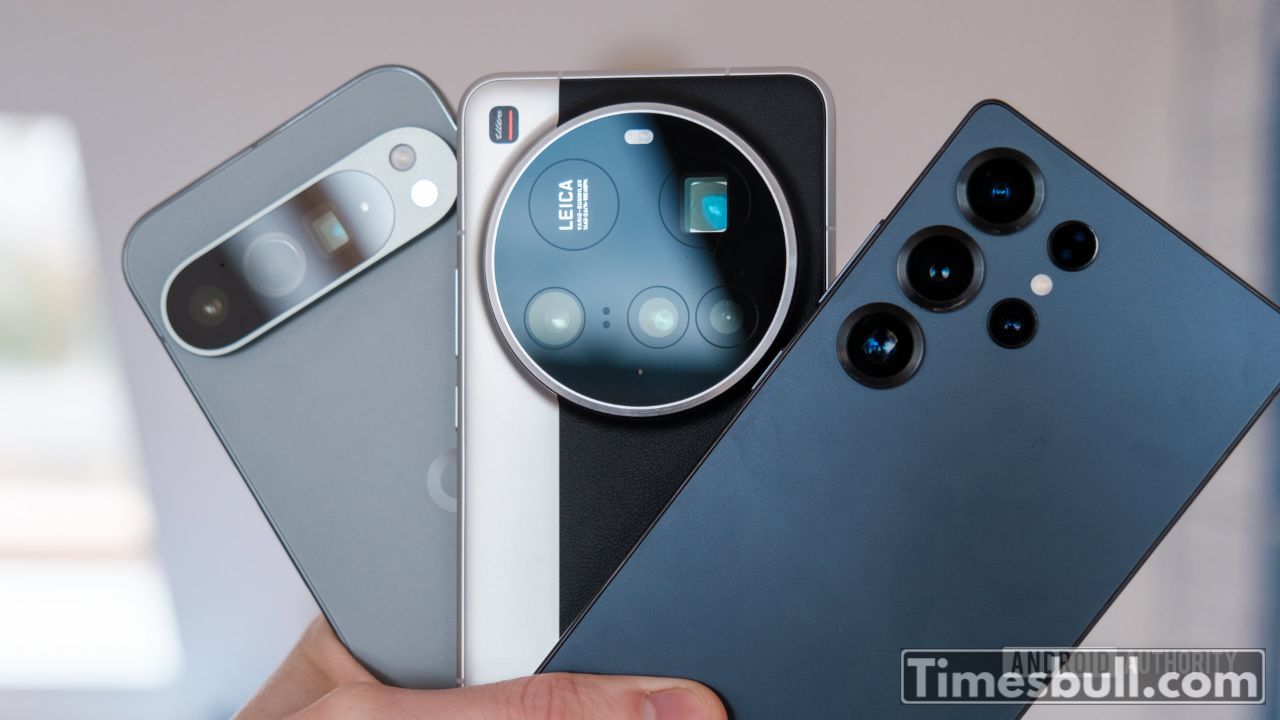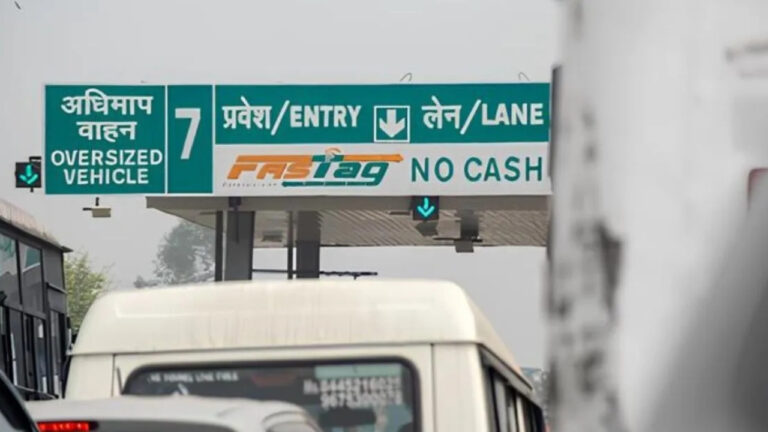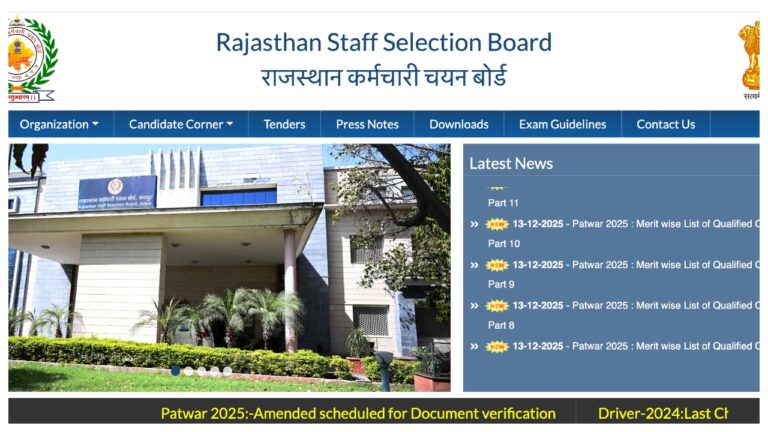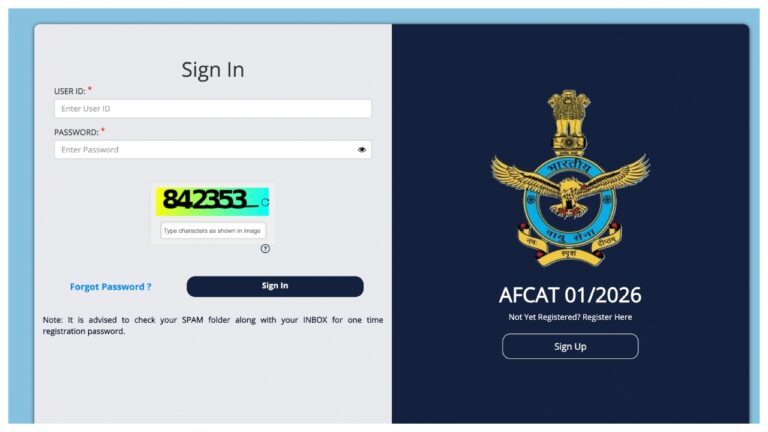By mid-2025, there are three smartphones that are leading this competition and challenging the image of DSLRs.
Samsung Galaxy S25 Ultra
First of all, let’s talk about Samsung Galaxy S25 Ultra, which was launched in February 2025. This phone is known for its versatility. Its 200-megapixel main camera gives so much detail that every small thing is clearly visible in the photo. It also has two telephoto lenses – one is a 10MP 3x optical zoom and the other is a 50MP 5x optical zoom periscope lens. This means that you can easily zoom in on distant objects and the pictures come out very clear. Features like Samsung’s AI ProVisual Engine and Generative Edit 2.0 make editing photos easy and smart.
Xiaomi 15 Ultra
The second name is Xiaomi 15 Ultra, which came in March 2025. This smartphone has been made in collaboration with Leica and has a new 1-inch type sensor, which is considered to be the largest sensor found in a smartphone. The advantage of this is that even in low light, the pictures come out less noisy and more natural, along with the depth and bokeh effect is like DSLR. The special feature of Xiaomi 15 Ultra is its stepless variable aperture, that is, you can set the aperture yourself from f / 1.6 to f / 4.0. It gives a DSLR-like experience of controlling exposure and bokeh. The 200MP ultra-telephoto lens with 4.3x or 5x optical zoom gives unmatched detail in long-range photos, making it a strong option for zoom photography.
Google Pixel 9 Pro
The third smartphone is Google Pixel 9 Pro and Pixel 9 Pro XL, which launched in December 2024. Google’s specialty is their computational photography, which has reached new heights with the help of Tensor G4 chip and Gemini AI. These phones have a 50MP main camera and a 48MP telephoto camera with 5x optical zoom. Features like Google’s Night Sight mode, Magic Editor and Best Take make complex photography tasks very easy for the user, creating great pictures without much effort.
Now obviously, DSLR has its place. Its large sensor, real lens variety and physical controls are still better than any smartphone. The real bokeh effect still comes from DSLRs, which gives a professional look to the pictures. But for the average user who clicks pictures for everyday photos or for social media, these latest flagship smartphones are a great option. They are not only portable but also do wonders in every kind of pictures with the help of advanced AI features.
So in today’s era, if you look at the competition between DSLR and smartphone in photography, it is clear that both have their own place. But smartphones have reached a point where they are fully capable of giving premium and professional quality pictures to the average user. It is just a matter of choosing which one you prefer based on your need and preference – a traditional DSLR or a technology-packed smartphone.










